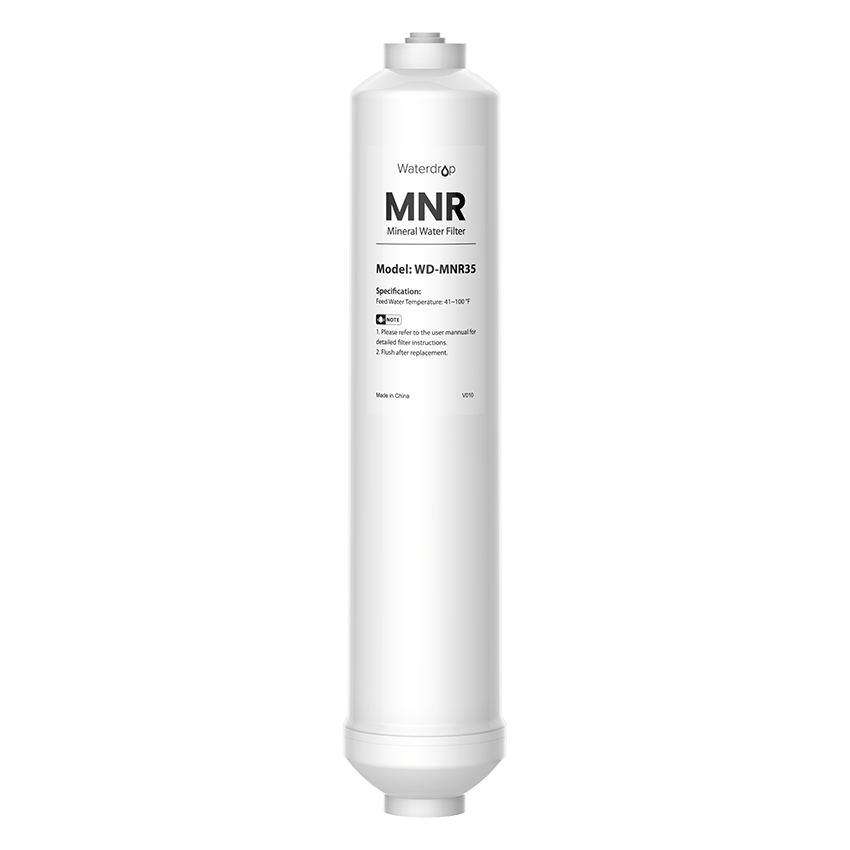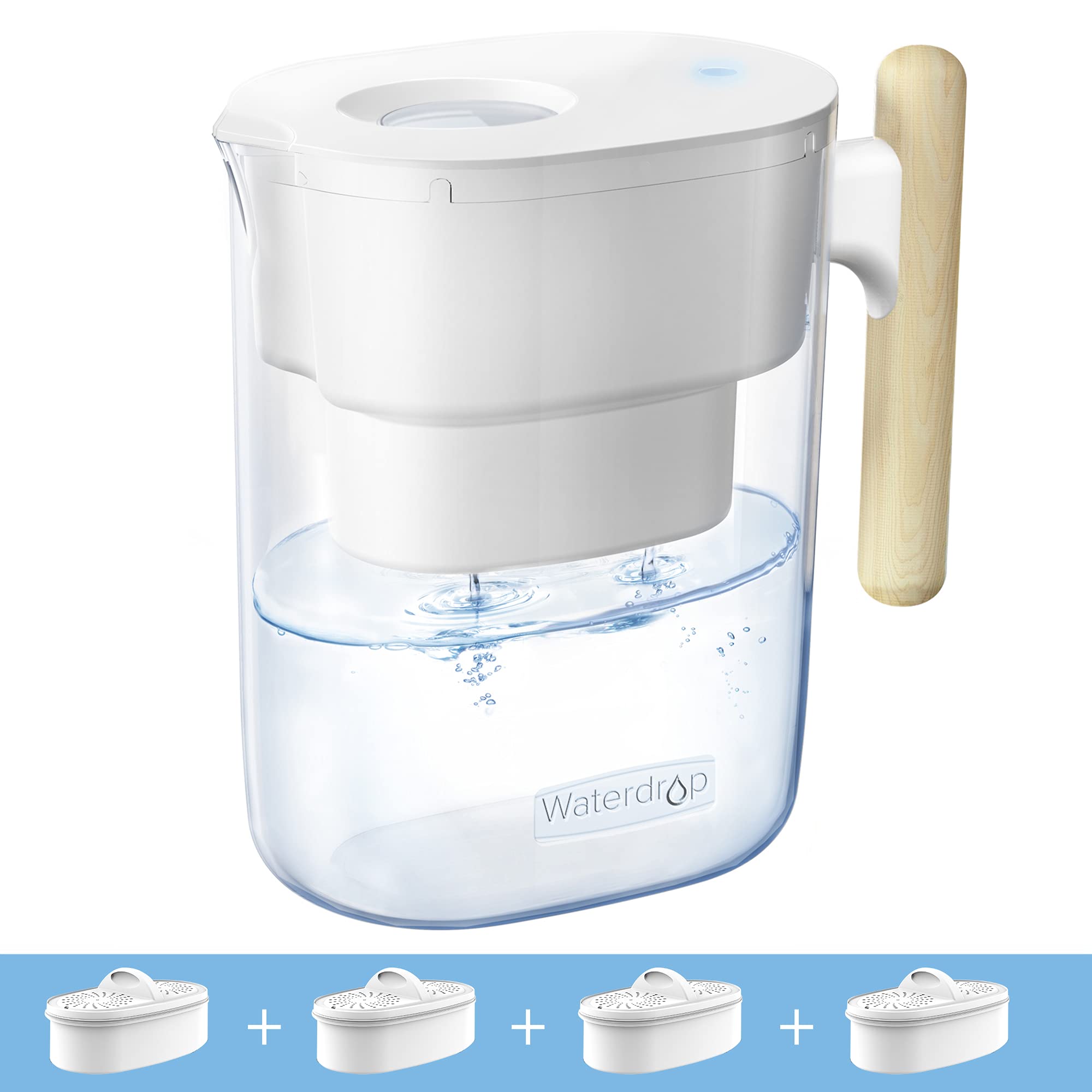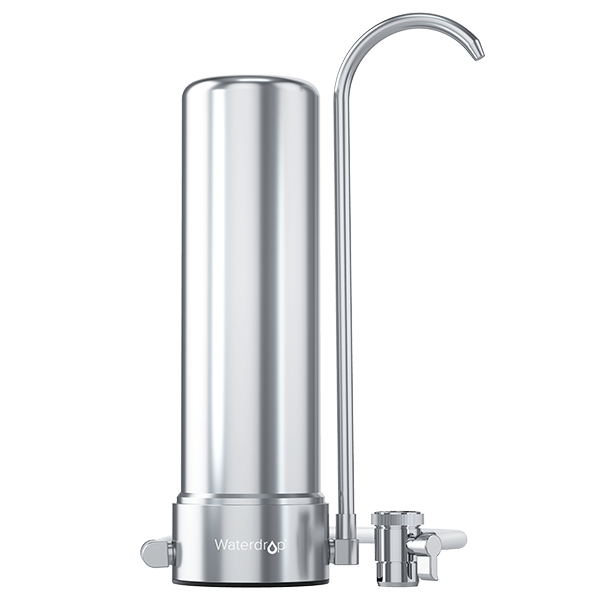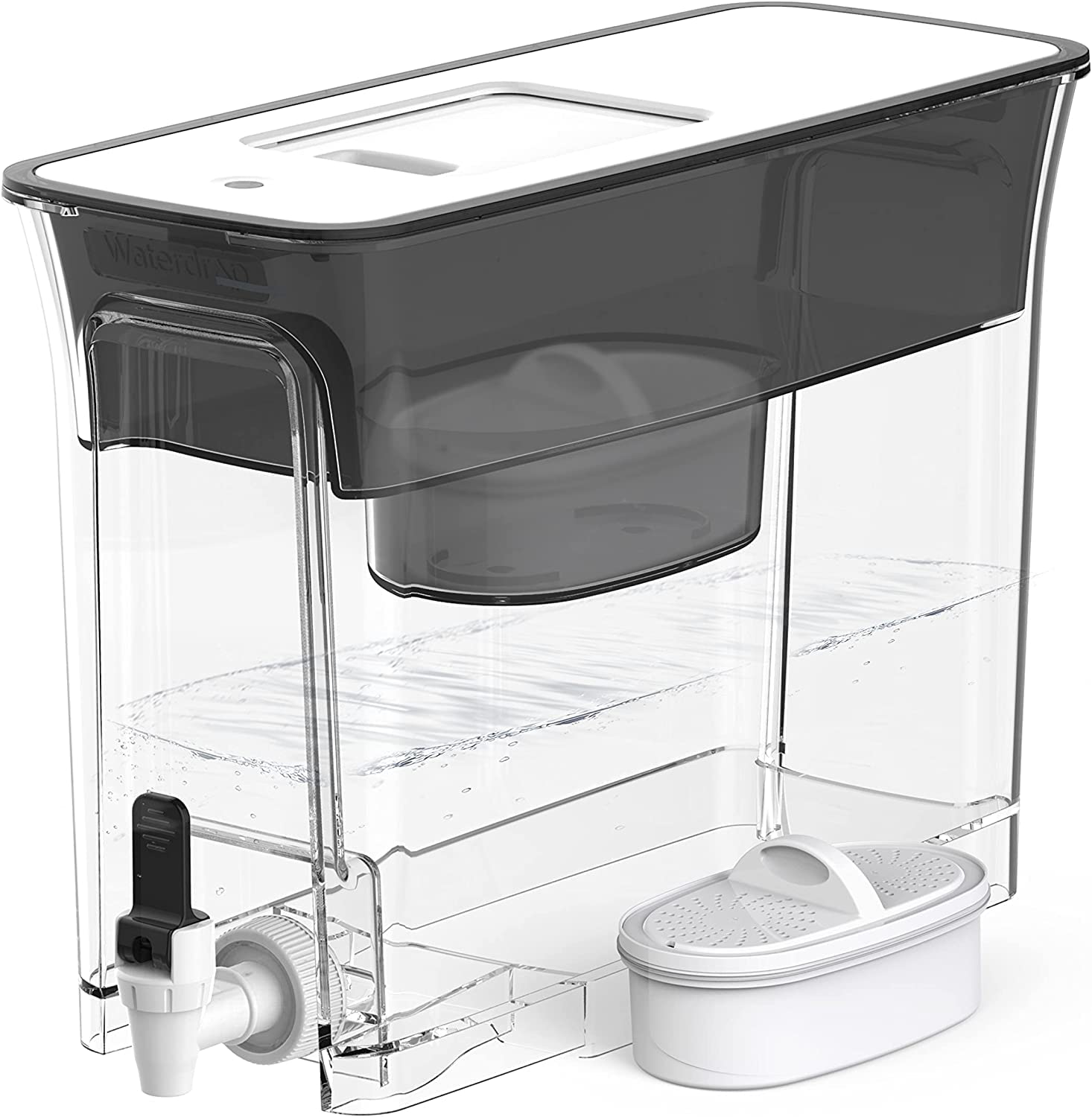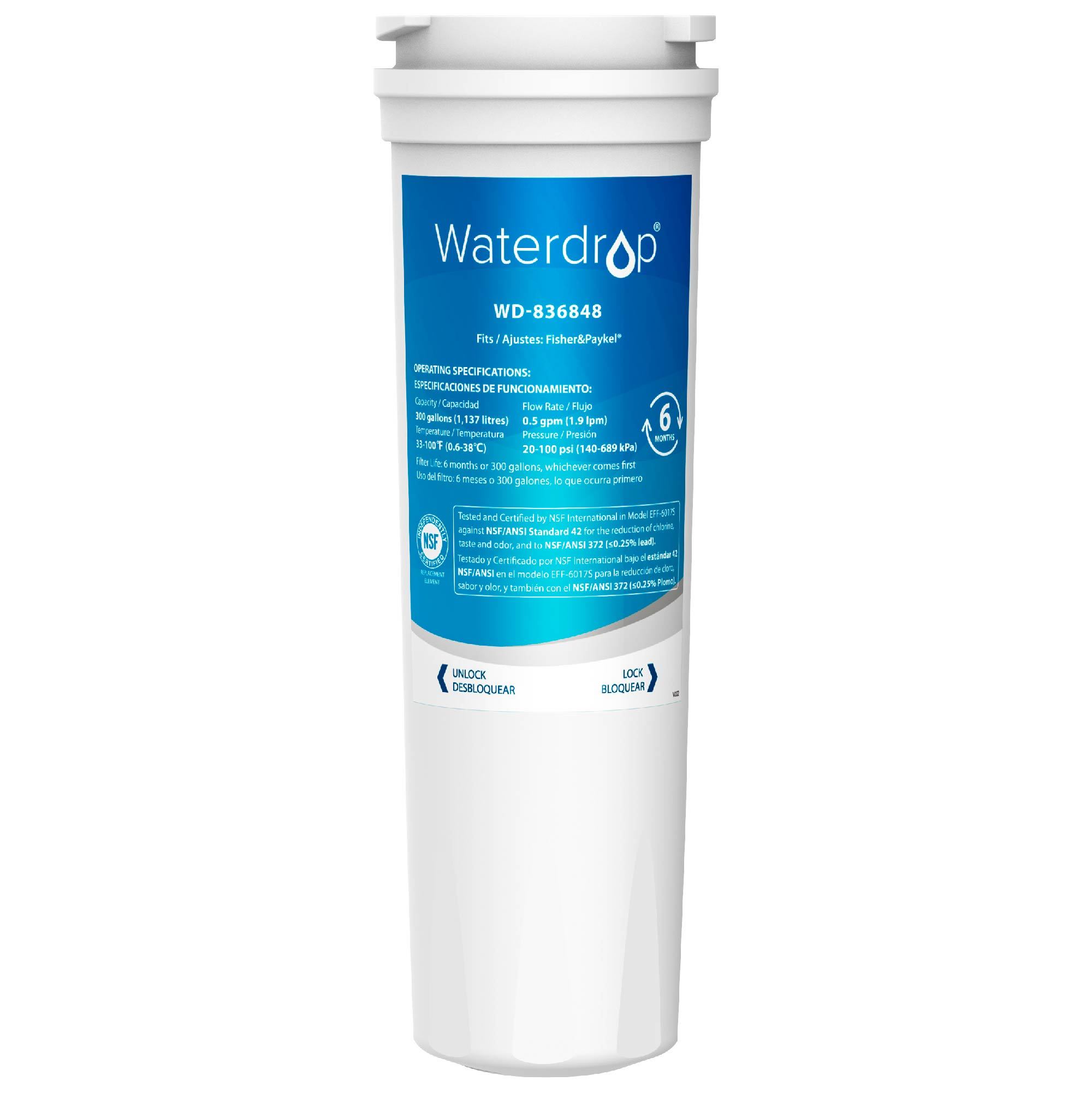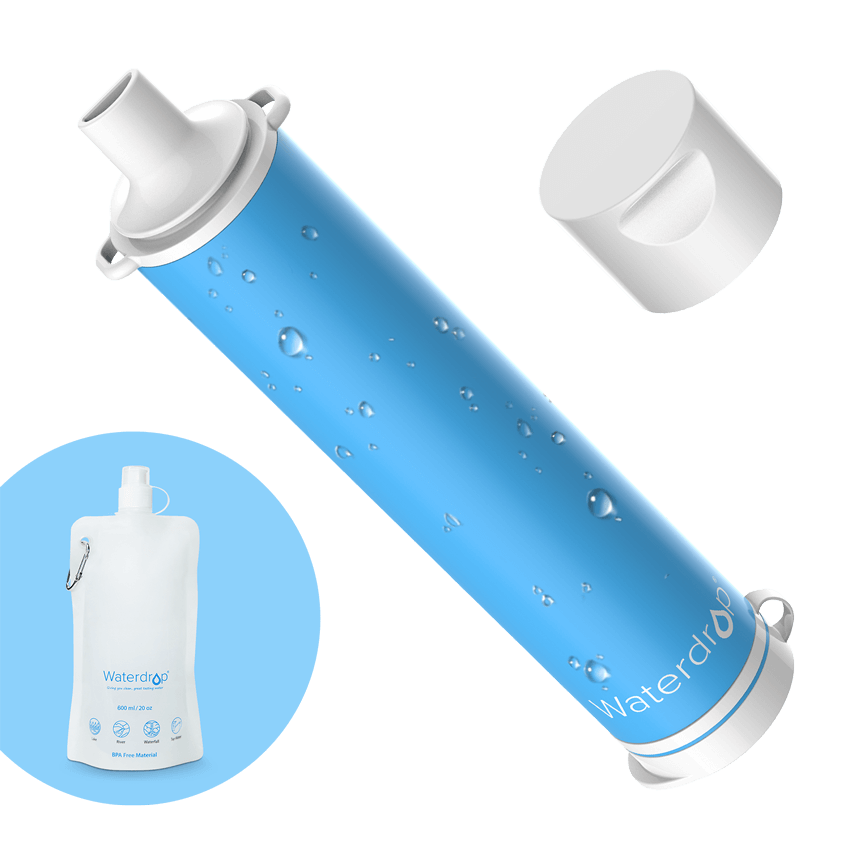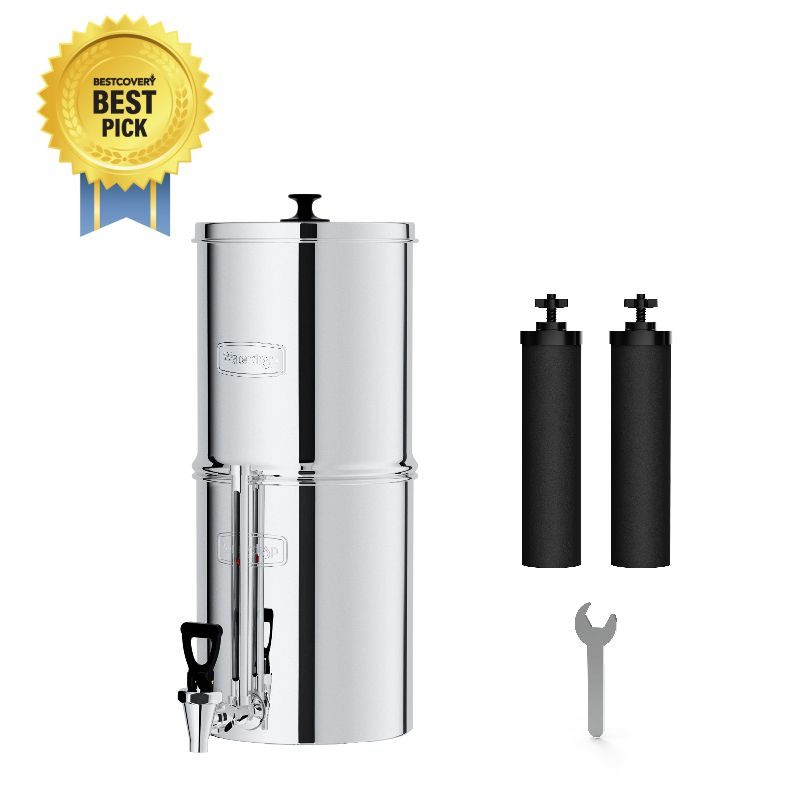Avoiding The Harmful Effects of Water Contaminated with Heavy Metals
by Dr. Jonathan Doyle - Updated August 12, 2021
Our water supply plays a significant role on our personal health, the environment, climate change, and much more. Statistically speaking, by 2025 over half of the world will be residing in regions facing stressful water supplies. This will be particularly true for countries with predominantly low to middle income households. The risks posed to regions such as this only serve to further highlight the importance of determining the amount of heavy metals in surrounding water sources, if only to decrease the dangers posed to human health. The Agency for Research on Cancer (or IARC), and the Environmental Protection Agency (or EPA), believe the exposure to arsenic and heavy metals are both serious concerns when it comes to drinking water sources. This is mostly due to their non-carcinogenic and carcinogenic characteristics, as well as the effects it has on our health.
Heavy metals is a broad term, though, isn't it? This phrase may be thrown around haphazardly, without much of an explanation of what it means. Generally, the term heavy metals is used in reference to heavy metals which pose the most toxic threat, including: cadmium, chromium, lead, mercury, and metalloid arsenic. Since heavy metals are incapable of decomposition within water, there level of toxicity amplifies throughout consumption. When this aspect is combined with various water borne toxins, it is capable of generating far more serious effects. Specific parts of the body are directly affected by heavy metals, especially: organs, skin, cells, urinary system, digestive system, nerves, and more.
How the Human Body Affected by Heavy Metals
It is extremely difficult for your body to eliminate heavy metals once they begin collecting inside your organs. While the liver is mainly in charge of detoxifying the body, it can become clogged with toxins from various contaminated food and water sources. Once these heavy metals reach dangerous levels, they begin influencing the brain and leading to major long term problems. In short, the liver, kidneys, lungs, and other organs suffer greatly under the influence of heavy metals, and their carcinogenic affects. Kids are especially prone to the harmful effects, simply because they're growing bodies aren't ready to flush the system. The nervous system suffers the most, which causes memory impairment, behavioral issues, and learning difficulties. When residents are supplied with contaminated water sources, heavy metals flow into water lines, right into our bodies.
What are The Most Concerning Heavy Metals?
Lead
As one of the most harmful heavy metals to the human body, lead should be avoided at all costs. Once it enters your body, lead works to harm the nervous system, digestive system, urinary systems, cardiovascular system, and others. When the concentration is too high it causes lead poisoning which, in a worst case scenario, can lead to death. Ingesting lead can cause nervous system damage in adults, as well as the reproductive system, bones, and more. Low immunity, aching limbs, joint pain, irregular menstruation, abdominal pain, and muscle pain are just a few of the problems associated with high levels of lead.
Cadmium
As another heavy metal, cadmium is not an essential element to the human body. In fact, cadmium is an environmental pollutant which has the potential to impart cadmium poisoning to mammals. When consumed over a long term, cadmium leads to chronic kidney poisoning, rickets, and more. Calcium ions are simultaneously replaced by cadmium ions in your bones, which prevents the deposition of calcium onto bones, in order for the solidification of collagen as is the normal function.
Arsenic
Arsenic contaminated water sources may lead to arsenic poisoning and potentially death. Arsenate, and arsenous acid are two of the most common pollutants, further highlighting the importance of utilizing appropriate filtration methods. Otherwise, consuming excessive levels of arsenic may cause an interference with the normal metabolism of cells, causing cell diseases, affecting the oxidation process, and more. Over a long period of time consuming contaminated water, individuals experience skin cancer, incidences of heart disease, gangrene, and even vascular damage.
Mercury
Chronic neurotoxicity is a common damage imparted onto the human body, with the minority being acute poisoning. Mercury's most dangerous organic compound is dimethylmercury. As such, methylmercury poisoning is known as Minamata disease, which causes extreme harm to human bodies. Areas such as the central nervous system, digestive system, respiratory system, and urinary system are largely affected. Patients experience confusion, diarrhea, ulmonary edema, breathing problems, and in extreme cases, death.
When the mercury content is excessive throughout the human body, although the harm may not be obvious, it can affect major parts of the body. Intelligence is lowered, even in a fetus, or subsequent children in affected adults. Pregnant women should take extreme care to reduce overall mercury intake, which is why they should monitor their water and food sources more carefully than others. When the risk involves other individuals, who cannot speak for themselves, it is a serious consideration.
Chromium
While chromium is considered to be an essential trace element for humans, it should be used in moderation. This element is important for normal growth and development, blood sugar regulation, the function of the cardiovascular system, weight control, and more. Toxic levels of chromium, on the other hand, causes damage to the eyes, ears, respiratory tract, and stomach. Ultimately it leads to cancer, gene mutations, kidney and liver damage, and failure of the circulatory system.

How Heavy Metals Get into Water
Heavy metals, such as the ones listed above, enter drinking water sources in various ways. It may be through corroded, aging plumbing materials, faucets, and even fixtures. In older homes, especially those with lead piping, are also known to be more significant sources of lead in drinking water sources. Lead pipes were used widely in older cities and homes predating 1986. The Safe Drinking Water Act, or SDWA, has begun regulating the allowable lead content, in an effort to lead developers toward lead-free pipes, pipe fittings, and more.
Crucial Steps Toward Reducing The Presence of Heavy Metals
Putting the time and effort into water testing can go great lengths in ensuring the overall safety of your drinking water. Many water companies will provide an easy method in testing your water, with results delivered digitally in a timely manner. This better enables you to install and utilize a filtration system catered specifically to the needs of your municipal tap water. Otherwise, you may contact your water utility company for more information, through annual water reports.
Additionally, if you live in an aging home and are aware of the dangers lurking throughout your piping, there are a few ways to lower your risk of heavy metals. First, allow your water to run for a moment before drinking it, or taking a shower or bath. Furthermore, use hot water sparingly. Cold water should be used to make baby formula, cooking, and more. Considering the fact that boiling water does not remove lead from the source, don't worry about wasting your time. Don't forget to clean your faucet's screen, also referred to as an aerator. Sediment, lead particles, and debris will slowly build up in the aerator, further highlighting the importance of cleaning it out on a regular basis.
In an effort to lower your exposure to heavy metals, originating from your tap water, filtration is the first line of defense.
Waterdrop D4 RO filtration system is better equipped to save space, while offering optimal water filtration effects. A tankless design makes this RO system perfect for individuals short on space. With the ability to install Waterdrop's RO system under the sink, in a cabinet, and more, the options for homeowners is nearly endless. Tankless systems also provide peace of mind, by completely removing the storage tank commonly responsible for promoting the colonization of bacteria.





